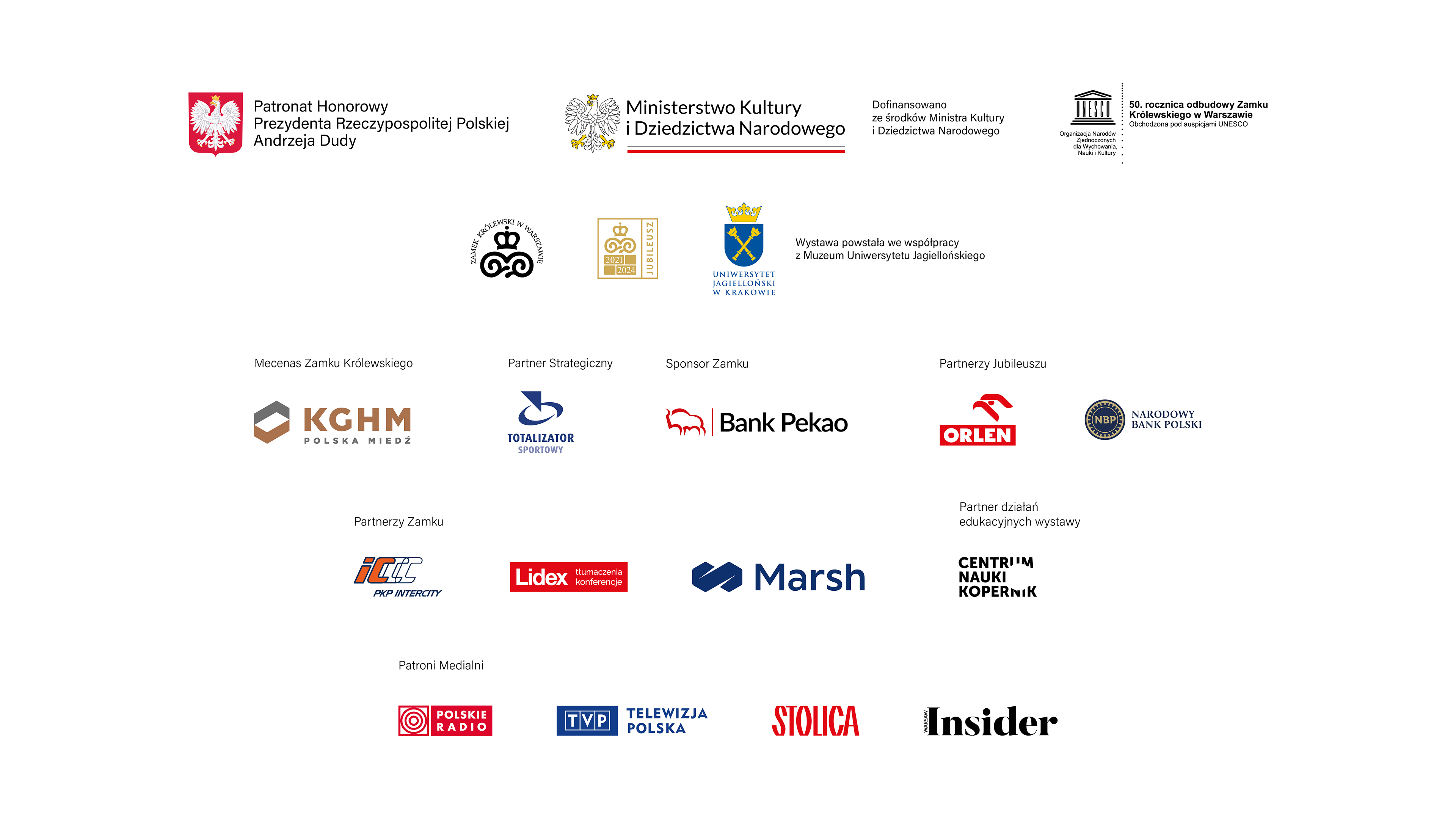Copernicus and his world
April 25–July 30, 2023
Royal Library
Plenty of major and minor actors come to sit at the chessboard of history, but a true gamechanger enters the scene only once in a blue moon. Beyond doubt, Nicolaus Copernicus was one, being a lone leader of one the greatest - and bloodless - revolutions of all times. He was a revolutionary of common awareness. His surname is known to everyone, but what do we know about him as a human being? To commemorate the 550th anniversary of the birth of the most important astronomer ever, we would like to invite you to an exhibition that wishes to draw this extraordinary person closer to you and, additionally, takes you on a fascinating trip through the era that shaped his childhood. Nearly 170 unique exhibits, borrowed from 21 Polish and foreign museum and scientific centres, are presented at the exhibition, including the first edition of Copernicus’ main, breakthrough work “De revolutionibus orbium ceolestium” (On the Revolutions of Celestial Spheres).
Nicolaus Copernicus has left his mark forever on the history of the humanity as a scientist who “stopped the Sun and moved the Earth”, through overthrowing the geocentric vision of the world that had been time-honoured from the antiquity and replacing it with the heliocentric model. However, not all of us know that astronomy was not the only or even principal field of interest of this person of remarkable mind. Copernicus was also a doctor, lawyer, mathematician and economist - a true Renaissance man, who completed his education at the most prestigious European universities of that time. Moreover, as a canon he belonged to the clergy, whereas the main source of his income was administration of the ecclesiastical estates.
The exhibition space is divided into parts devoted to Nicolaus Copernicus’ individual spheres of activity. These are, sequentially: 1. A doctor’s practice, 2. The life as a canon, 3. An astronomer’s workshop, 4. A vestibule of Copernicus’ office, 5. The Copernicus’ office. Together, they form a coherent and complete narrative about the versatile mind of the scientist and give us the idea of the times in which he lived, full of cultural and political shocks, yet at the same time representing the beginning of the Modern Era marked by a rapid civilisational growth. The last, sixth part of the exhibition is dedicated to the reception of the legendary astronomer in the works of art from the subsequent decades.
The presented items include, among others, as many as three editions of On the Revolutions of Celestial Spheres (including the first, canonical one) as well as Copernicus’ economic treatise and other valuable old prints, some of which belonged to the personal collection of the astronomer and include his handwritten notes. In addition, the exhibition presents historic scientific instruments from that era, including an astrolabe from the 15th century and measuring instruments belonging to Michelangelo (from the 16th century).
The main element of the section devoted to works of art related to Nicolaus Copernicus is the iconic painting by Jan Matejko - “Astronom Kopernik, czyli rozmowa z Bogiem” [“Copernicus the Astronomer or a conversation with God”] (1873), borrowed from the Collegium Novum of the Jagiellonian University - Copernicus’ alma mater (known as the Cracow Academy at that time), which is a co-organiser of the exhibition.
Curator of the exhibition: Norbert Haliński
Ticket prices:
regular - PLN 45
reduced - PLN 35
children and youth aged 7-16 - PLN 1
Please note that there is a discount for guests of the Planetarium of the Copernicus Science Center (upon presentation of the ticket):
regular PLN 23, reduced PLN 16.
Exhibition opening hours:
Tuesday-Sunday: 12.00-20.00 (last entrance at 19.00)

